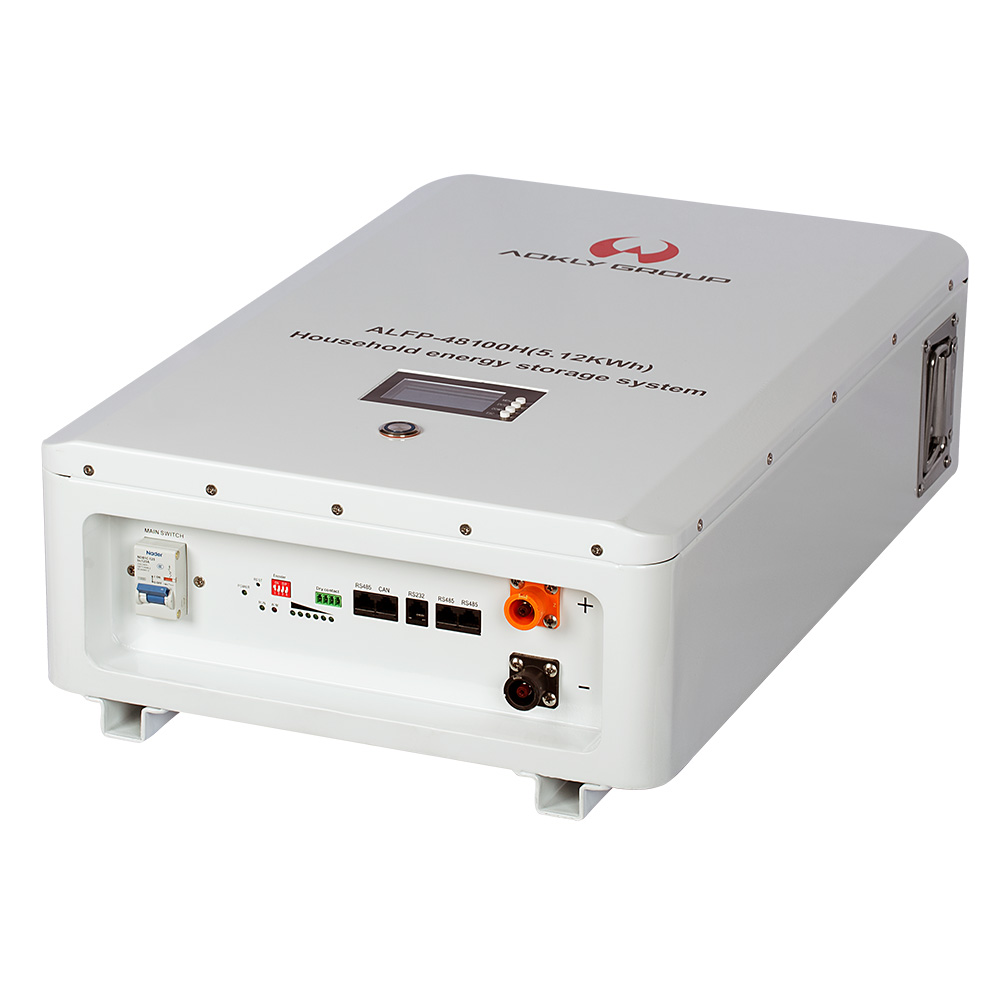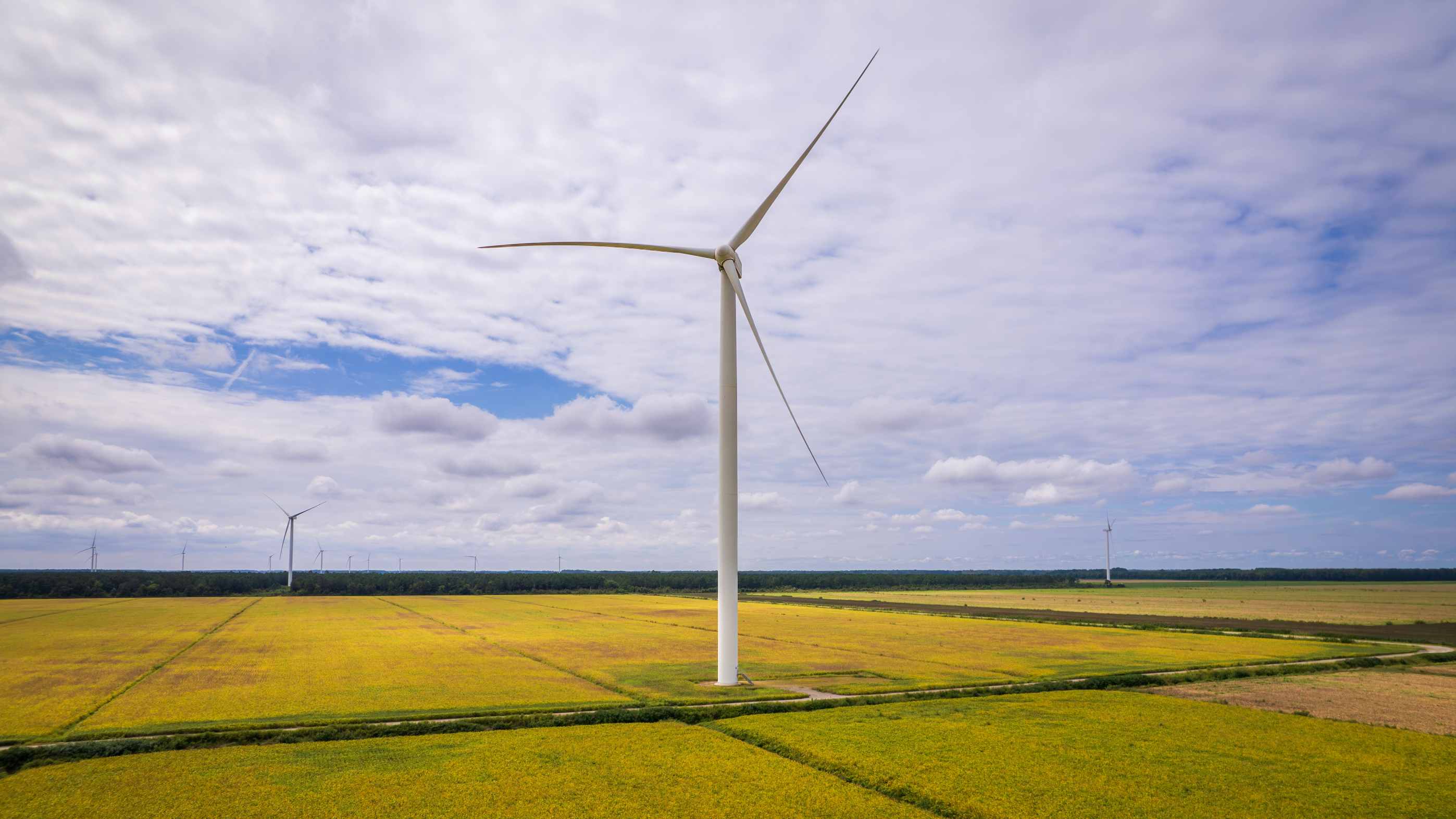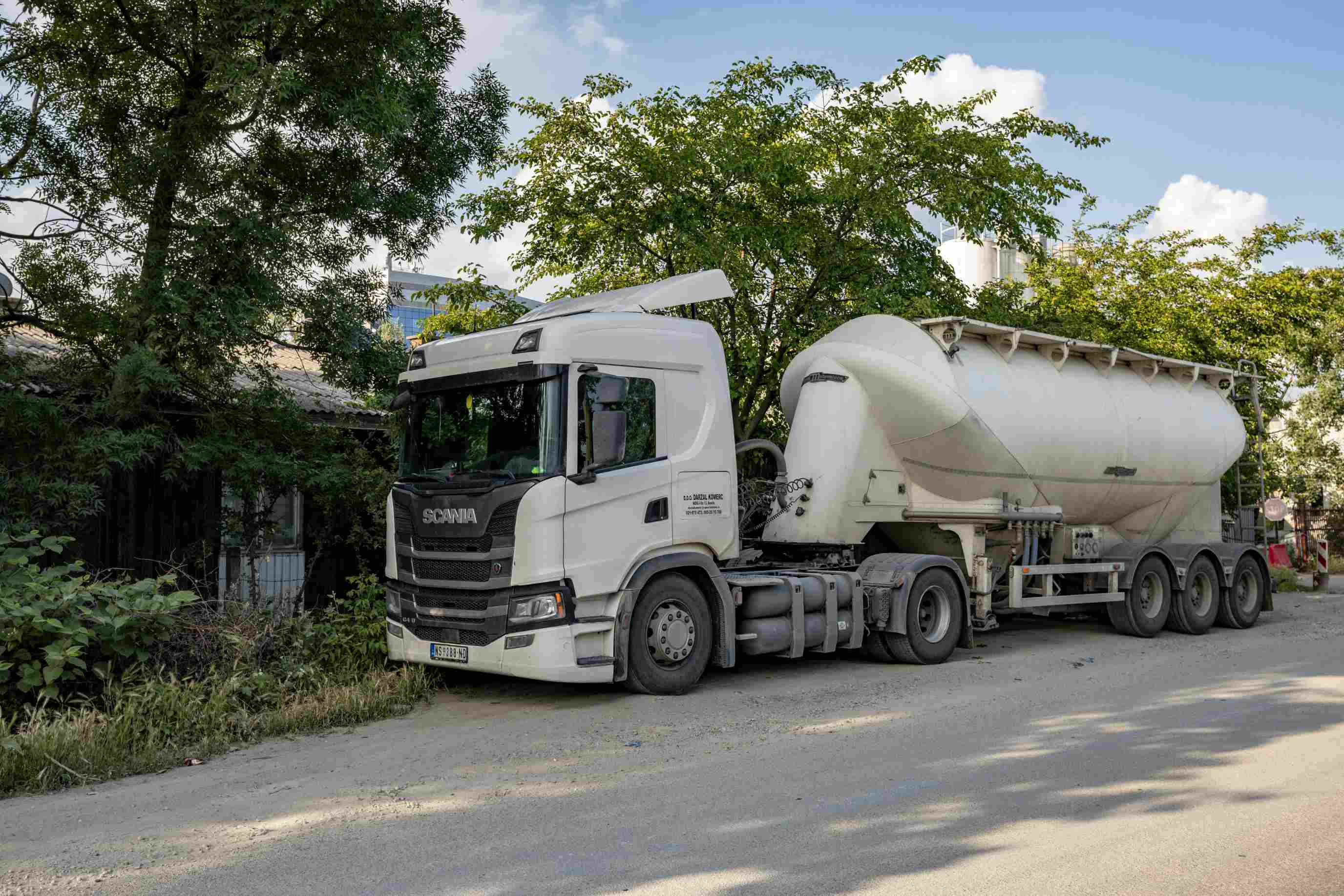In an age marked by an escalating concern for sustainability and a growing need for alternative home energy solutions, domestic wind power emerges as a beacon of hope. As the world grapples with the consequences of excessive fossil fuel consumption and the pressing necessity to mitigate climate change, individuals and communities alike are turning to renewable energy sources.
Within this context, harnessing the power of the wind is becoming increasingly popular. This article delves into the pivotal role of battery storage systems in augmenting the efficacy of domestic wind power, enabling households to embrace a greener and more sustainable future.
The Role of Battery Storage Systems
Harnessing and Storing Wind Energy
At the core of the domestic wind power equation lies the challenge of intermittency. Wind is not a constant energy source; it ebbs and flows. A critical function of battery storage systems is to capture surplus energy generated during windy spells, ensuring it is not lost but instead preserved for later use. These systems allow the efficient conversion of kinetic wind energy into electrical energy, which is then channeled into batteries for storage.
Ensuring Reliable Power Supply
Reliability is a fundamental concern in the realm of renewable energy. Battery storage systems act as the linchpin in maintaining a consistent power supply. They release stored energy during wind lulls or periods of high energy demand, safeguarding homeowners from abrupt power outages. This harmonious interplay between wind turbines and batteries guarantees a seamless energy flow, reducing the reliance on conventional energy grids.
Mitigating Intermittency Issues
The inconsistency of wind energy generation can be a stumbling block for those considering domestic wind power. However, battery storage systems provide an ingenious solution to this challenge. By storing excess energy when winds are strong and releasing it when winds are calm, these systems significantly mitigate the intermittency issues often associated with wind power. This smoothing effect ensures a more dependable energy supply for households.

Aokly Household Energy Storage System
Key Components of a Household Energy Storage SystemBattery Storage System
Batteries: The Heart of the System
Batteries are the vital organs of a battery storage system. They come in various types, including lithium-ion and lead-acid, each with its own set of characteristics and advantages. The choice of battery type impacts the system's efficiency, lifespan, and cost. It is crucial to select the most suitable battery technology based on specific energy needs and budget constraints.
Inverters and Charge Controllers
Inverters and charge controllers are the brain and nervous system of the battery storage system. Inverters convert direct current (DC) electricity generated by the wind turbines into alternating current (AC) electricity for use in homes. Charge controllers oversee the battery charging process, preventing overcharging and optimizing battery performance. The synergy between these components is essential for the system's overall efficiency.
Monitoring and Control Systems
To ensure optimal performance and to keep homeowners informed, monitoring and control systems are indispensable. They provide real-time data on energy production, consumption, and the state of the batteries. This information empowers homeowners to make informed decisions regarding their energy usage and system maintenance, enhancing the longevity and efficiency of their domestic wind power setup.

Benefits of Integrating Battery Storage with Domestic Wind Power
Energy Self-sufficiency
One of the primary advantages of combining battery storage with domestic wind power is the achievement of energy self-sufficiency. Homeowners become less reliant on external power sources and can harness the energy generated on-site to meet their daily needs. This self-sufficiency not only reduces energy bills but also enhances resilience in the face of power grid disruptions.
Economic Savings
In the long run, the integration of battery storage systems with domestic wind power proves to be an economically sound decision. Excess energy generated during windy periods can be stored and utilized when needed, minimizing the need to purchase electricity from the grid. This results in considerable cost savings over time, making the initial investment in the system a wise financial choice.
Environmental Benefits
The environmental benefits of domestic wind power combined with battery storage are multifaceted. By relying on clean, renewable energy sources, homeowners reduce their carbon footprint and contribute to a more sustainable future. The reduction of greenhouse gas emissions and decreased dependence on fossil fuels are significant steps in combating climate change.
Backup Power During Outages
In regions prone to power outages, battery storage systems provide a crucial lifeline. When grid power fails, the stored energy in the batteries can seamlessly take over, ensuring that essential appliances and systems in a household continue to function. This added layer of resilience is invaluable, particularly during extreme weather events or other unforeseen circumstances.
Conclusion
The integration of battery storage systems with domestic wind power offers a compelling solution to the challenges of intermittency and reliability. By storing surplus energy and optimizing its use, homeowners can enjoy sustainable, cost-effective, and environmentally friendly energy solutions. This harmonious partnership between renewable energy and cutting-edge technology paves the way for a greener and more self-sufficient future.

 EN
EN 




